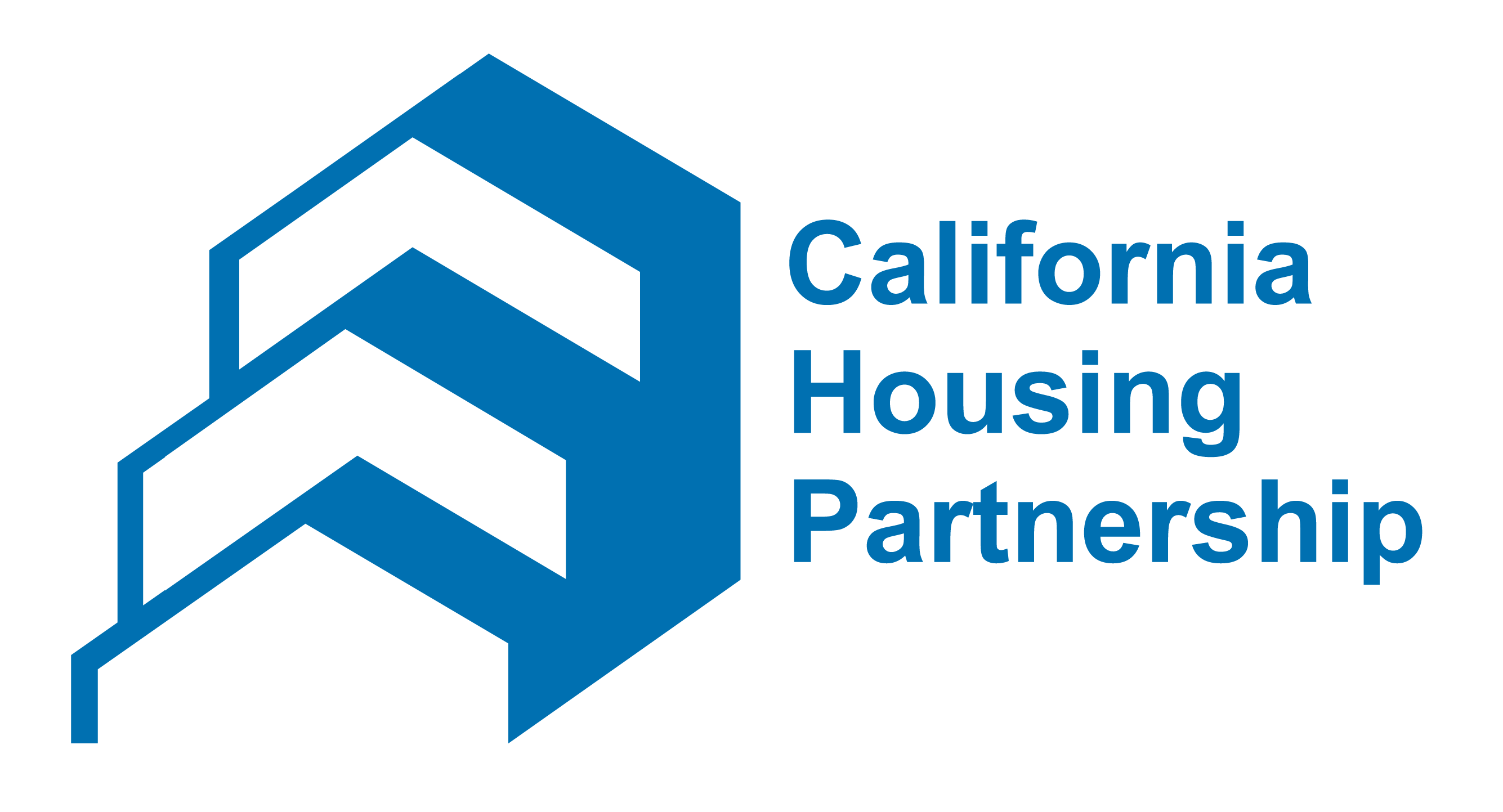 Tenderloin Neighborhood Hood Development Corporation (TNDC) is a nonprofit affordable housing and services provider in San Francisco that owns and operates over 2,500 units of housing at 32 propertes. In recent years, TNDC staff members have ramped up energy and water usage benchmarking efforts throughout their portfolio.
Tenderloin Neighborhood Hood Development Corporation (TNDC) is a nonprofit affordable housing and services provider in San Francisco that owns and operates over 2,500 units of housing at 32 propertes. In recent years, TNDC staff members have ramped up energy and water usage benchmarking efforts throughout their portfolio.
Tabitha Harrison joined TNDC as the Sustainability Program Manager in November 2015, where she leads sustainability-related capital improvement projects, sustainability education and outreach programs, and a Green Committee made up of TNDC staff. Prior to joining TNDC, she worked as a sustainability consultant for commercial LEED buildings in the Southeast.
Why is sustainability important to TNDC?
Tabitha: TNDC has been committed to expanding our green initiatives for several years. At TNDC, we see sustainability efforts as closely tied to improving the quality of life and well-being of over 3,700 residents and employees, as well as the surrounding community. Green initiatives are reflected throughout the spectrum of our work—from acquisition, preservation and rehabilitation, to property management and supportive services, and resident engagement programs.
How do you use data to inform your efforts?
Tabitha: The phrase “you can’t manage what you don’t measure” rings true when setting  sustainability goals. We’ve ramped up our benchmarking efforts by tracking energy and water usage information for all of our buildings in EnergyScoreCards. Tracking this information allows us to monitor our buildings, and track and target unusual spikes in usage on a month-by-month and annual basis. Typically, every month I check utility usage, and if costs aren’t aligning within an expected weather-normalized range, I’ll contact site staff to figure things out. I recently noticed some unusual trends in water usage that led to identifying two irrigation leaks after coordinating with site staff and SFPUC. Similarly, finding and repairing a leaking toilet at one of our small commercial properties reduced the monthly water bill by about $400. In the long term, benchmarking our properties helps prioritize energy and water efficiency improvements that are planned as part of the capital improvement process.
sustainability goals. We’ve ramped up our benchmarking efforts by tracking energy and water usage information for all of our buildings in EnergyScoreCards. Tracking this information allows us to monitor our buildings, and track and target unusual spikes in usage on a month-by-month and annual basis. Typically, every month I check utility usage, and if costs aren’t aligning within an expected weather-normalized range, I’ll contact site staff to figure things out. I recently noticed some unusual trends in water usage that led to identifying two irrigation leaks after coordinating with site staff and SFPUC. Similarly, finding and repairing a leaking toilet at one of our small commercial properties reduced the monthly water bill by about $400. In the long term, benchmarking our properties helps prioritize energy and water efficiency improvements that are planned as part of the capital improvement process.
What are some of the challenges you experience with benchmarking your properties?
Tabitha: One of the challenges we face with benchmarking properties is how to best identify and target issues when we have an incomplete picture of energy and water usage, or when our data isn’t very detailed. All of our buildings are master-metered for water and gas, which is helpful for the initial benchmarking process but can make targeting issues very time consuming. Without unit or system-level energy data, finding the cause of spikes requires a lot of back-and-forth troubleshooting with on-site staff; it’s a constant process of elimination to find the real root of the problem. Electricity is master-metered in about half of our buildings. For those buildings with individually metered tenant electricity, we do not have easy access to tenant data, which would help inform our energy efficiency upgrades. While access to whole building data through recent state legislation will likely aid in our efforts for basic benchmarking across the portfolio, we’re exploring other options to help add a layer of detail, such as sub-metering for new buildings and major renovations.
What are other sustainability priorities this year?
Tabitha: Over the next year, we’re engaging in several other green initiatives:
- Capital Improvements: We have several sustainability-focused capital improvement projects currently underway, including lighting upgrades at 12 buildings and replacing an old solar thermal system at one of our properties. We’re also working on laying the foundation for longer-term planning in this area. Our hope is that we’ll soon be able to use our benchmarking efforts to plan sustainability-related improvements five or more years out.
- Better Buildings Challenge: TNDC joined the Better Buildings Challenge in 2013, and committed to reducing our average energy usage across the portfolio by 20 percent by 2023. We met our incremental 2% reduction goal for 2015 and hope to surpass that in 2016.
- NeighborWorks Green Organization: TNDC became a designee under the NeighborWorks Green Organization Program in 2014. The program is focused on operations and having organization-wide programs in place to set an example for sustainability in the affordable housing sector. This year, we’re focusing on preparing documentation for the re-application process, which is due in 2017.
- Education and Outreach: We have a goal of implementing tenant education programs at 10 of our properties this year, and identifying “Green Champions” at each site who can help lead these efforts. At the staff level, we created a Green Committee that will lead efforts within our organization.
What lessons or recommendations do you have for other nonprofit housing owners that hope to benchmark their properties?
Tabitha: Benchmarking can be a very time-consuming and frustrating process, especially for multifamily properties because data is so much harder to get due to the typical split in control of the electric meters and the lack of submetering. Many of the peers I’ve spoken with are overwhelmed by the benchmarking process and not sure where to start—particularly if they don’t have access to whole-building data. My biggest recommendation is to simply start tracking whatever you can, even if it feels like the effort is too small. If you only have access to water bills, start tracking your water use to create a habit of active monitoring. Anything is better than nothing. If you don’t have any whole-building energy or water data, take some time to gather all of your building metrics and track them in a central spreadsheet or database (gross square footage, number of units, type of HVAC system(s), fuel types, metering configuration, etc.). Verifying all of this information can take longer than you’d think, and having it ready will make the initial benchmarking process relatively quick once you do have utility data.
To learn more about TNDC’s benchmarking efforts, contact Tabitha Harrison at tharrison@tndc.org, or (415) 358-3903. To get involved with CHPC’s GREEN Data access advocacy work, contact me at cmccormack@chpc.net, or (415) 433-6804×313.
– Caroline McCormack, Sustainable Housing Policy Associate

